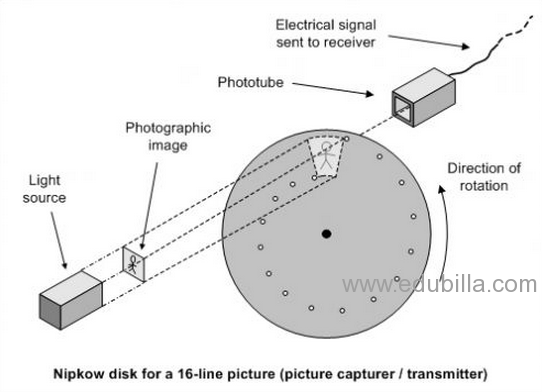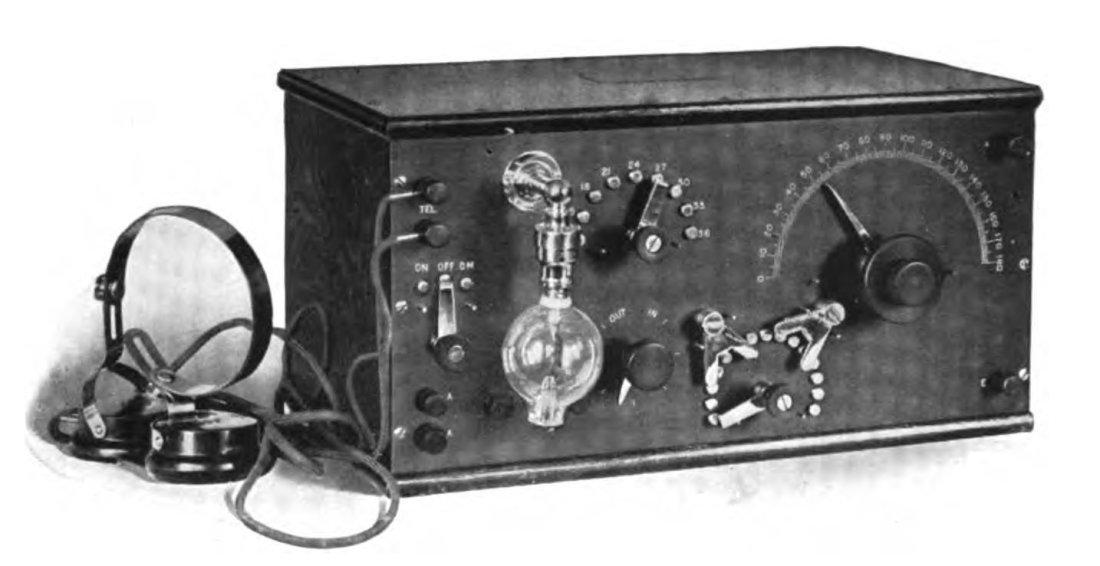
Photo Credit: https://www.roboticsbusinessreview.com/manufacturing/an-introduction-to-the-internet-of-things/
The Internet! An entity that stands among the greatest inventions of human kind much as a colossus towers above the surrounding landscape. The internet has become one of the most integrated technologies that the human race has ever produced. It has seamlessly integrated into out daily lives and has become an integral part of our culture.
This leads to the question, what is the internet?

Photo Credit: https://www.quora.com/What-is-the-difference-between-internet-and-www
The most simple breakdown of the internet is simply that the internet is the wider network that allows computer networks around the world run by companies, governments, universities and other organizations to talk to one another. The result is a mass of cables, computers, data centers, routers, servers, repeaters, satellites and WiFi towers that allows digital information to travel around the world. It is a global information super highway.
It is that infrastructure that lets you order the weekly shopping, share your life on social media sites like Facebook, stream Castlevania on Netflix, email your aunt in Tokyo and search the web for the world’s tiniest cat.
in terms of journalism the contemporary uses of internet have vast potential. As one of the fastest transmission medias, information is not only readily available, but quickly updated meaning information is never outdated or defunct. Additionally due to the nature of the internet information isn’t controlled or censored for the most part.
The anonymity of the internet allows for even the most radical ideas to be shared. Additionally the internet allows for interaction ensuring that those off like opinions can easily band together to push their ideals in the form of social activism. Social media sites such as Facebook truly facilitate this ability.

Photo Credit: https://www.iconfinder.com/icons/107117/facebook_square_icon
Beyond this though the internet facilitates globalization. It breaks the barriers limiting and separating cultures. Geographical limitations no longer matter as information from or about a country is readily available. The communication barrier is also broken by translation programs available on the web such as BabelFish and Google Translate.
Commerce is another daily occurrence facilitated by the internet as well. From online stock trading to purchasing an item off of Amazon to cryptocurrency investments, the internet has aided in creating a true global market and economy that isn’t limited to physical items or investments.
With these positives though there are negatives. Harassment, cyber bullying and security breaches are common occurrences with the advent of internet technologies and the rise of social media, each with its own serious consequences such as social isolation and depression and even suicide or identity theft.
The internet has integrated itself into daily life. From communication to social media. From online gaming to business meetings. From shopping to education. the internet has facilitated a convenient means to accomplish almost every task from the comfort of our homes. It is a convenient purveyor of social interaction and human advancement. As such it is truly my belief that a world without the internet would be a world that the modern human would not comprehend let alone thrive in.





 Photo Retrieved from Google
Photo Retrieved from Google
 photo credit:
photo credit: 











